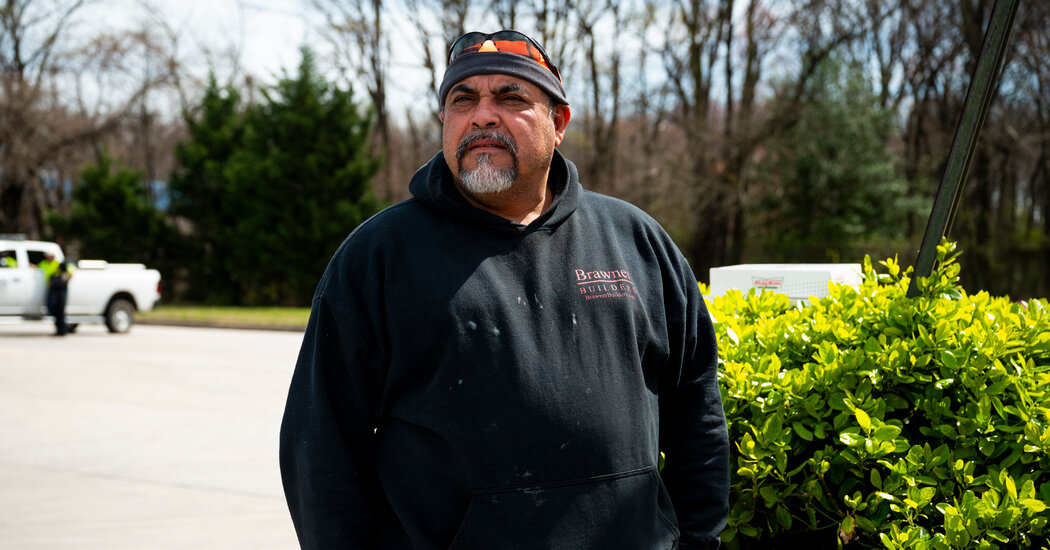Baltimore's Francis Scott Key Bridge collapsed early Tuesday after it was struck by a large ship, according to video obtained by CNN. Follow live updates here.

www.cnn.com
March 26, 2024
The pilot of the ship that crashed into the Baltimore bridge Tuesday did “everything that he could have done” to slow the ship and keep it from drifting toward the bridge, said Clay Diamond, executive director and general counsel of the American Pilots Association.
Diamond has been in close communication with the Association of Maryland Pilots over what unfolded on the Dali cargo ship in the moments leading up to the crash.
At that point, according to Diamond, the pilot did “everything that he could have done” to both slow the ship down and keep it from drifting to the right, toward the bridge.
The pilot quickly gave a string of orders, calling for a hard rudder to port – as far left as possible -- and for the anchor to be dropped.
Additionally, Diamond said, the pilot was the one who contacted the pilot dispatch office to shut down traffic to the bridge.
“Those were all the appropriate steps but it happened so quickly and with so little lead time ... neither one of those maneuvers were enough,” said Diamond.
Diamond pointed out that while the lights on the boat could be seen turning back on – likely due to an emergency generator activating after the initial blackout -- the ship’s engines never got running again.
Pilot training programs are extensive and rigorous, according to Diamond, requiring years of experience navigating ships on the water, classroom simulations, and working under the supervision of licensed pilots.









